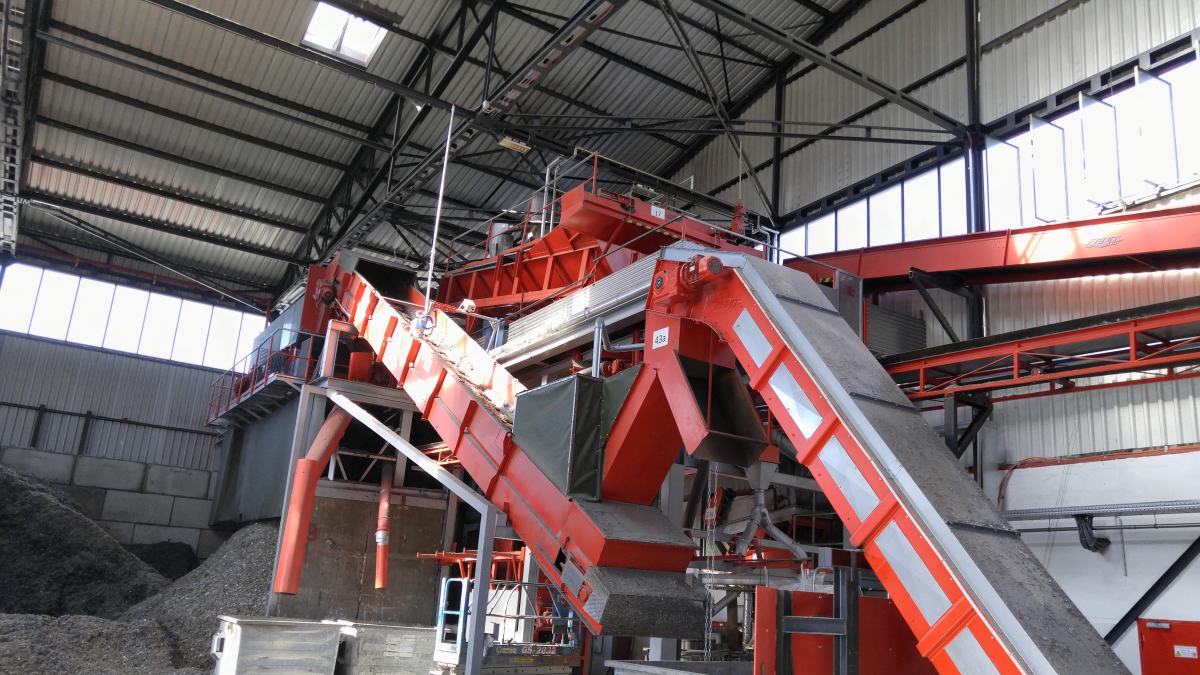

To do that, click on the "+" button at the bottom of the layers list, select the "raw" tab in the tool selection dialog, and select the "RAW developer" tool. In order to process the RAW image (white balance, demosaicing, exposure comensation, etc.) you need to add a "RAW Developer" layer on top of "RAW loader". Once the loading is finished, you should see a very dark and dull version of the RAW image: this is because no post-processing is applied at this stage, and therefore the program shows you the original RGB values in linear colorspace. The operation of opening the RAW file will most probably take several seconds, as the program will first decode the whole image into memory, save the decoded data into a disk buffer, and perform a first demosaicing to initialize the scaled-down versions of the full-res image for faster zooming. You can either do that by passing the file name as a parameter when invoking photoflow from the command line, or by cliking on the "Open" button and selecting a RAW image from the file selector dialog. Opening an existing RAW image is very simple. Since most of the algorithms are a port of the original RawTherapee code, one can expect a similar output quality once all features will be implemented.
SUBSTITUTE FOR PHOTOFLOW CODE
The RAW processing in photoflow is similar to that of other image editors, and probably not as feature-rich yet, however the code is growing quite quickly. You will find more details about that at the end of the tutorial. This allows to speed-up your editing work and also to keep a consistent post-prcessing across all the images of the same sequence. To simplify your life when processing several images taken under similar shooting conditions, the RAW processing parameters for one image can be saved as a preset and then recalled and applied to the rest of the images of the same shooting session. Once this will be finished, support for other RAW formats (like X-trans) will be hopefully included quite quicly.Īlthough the RAW processing in photoflow is still under development, it provides already a quite complete set of features: white balance can be adjusted starting from a neutral image area or by specifying a target color tone, you can choose between Amaze and IGV demosaicing algorithms, and it gives the possibility to switch between the standard dcraw matrices and a custom camera profile for the final conversion to the working color space. Work is ongoing to port the RAW loading backend of RawTherapee into photoflow, but the code is not yet fully functional. Photoflow can curently open any RAW image in Bayer format that is supported by LibRAW 0.6.0.

This tutorial will teach the basics of loading and processing RAW digital images in photoflow.


 0 kommentar(er)
0 kommentar(er)
